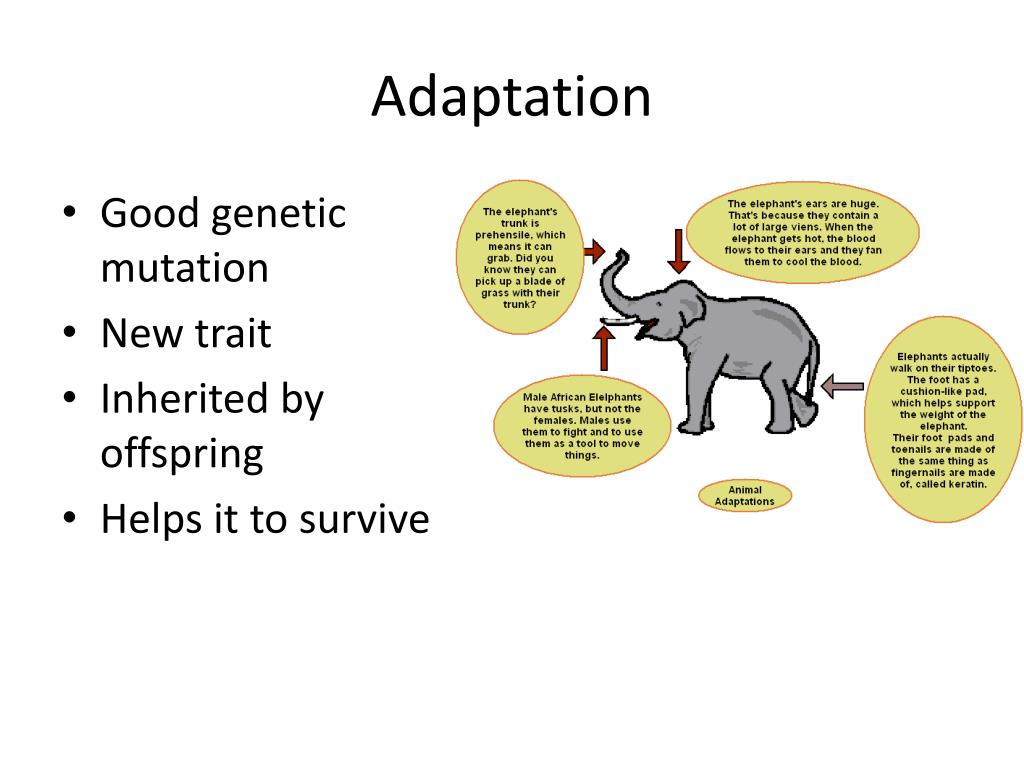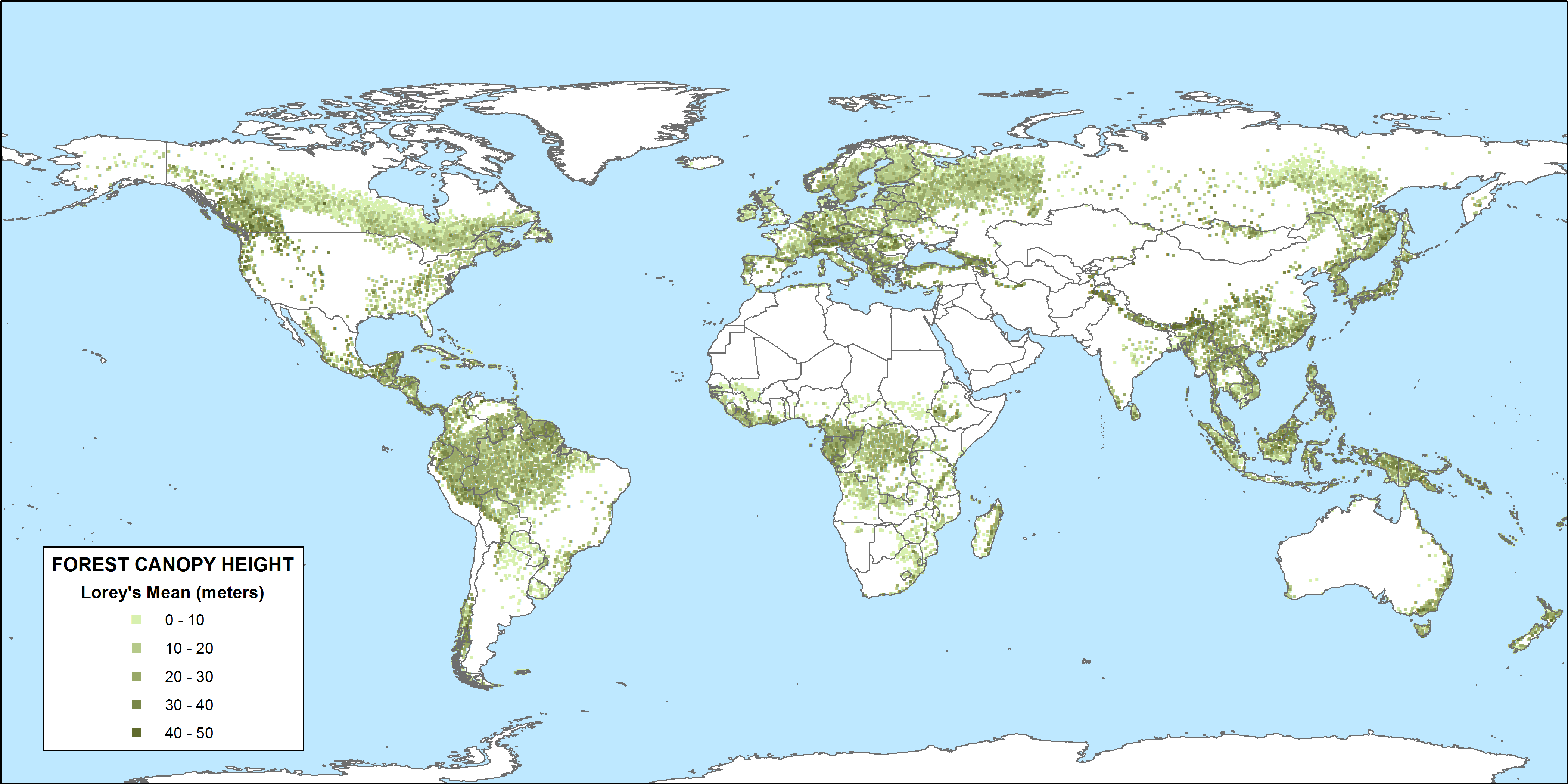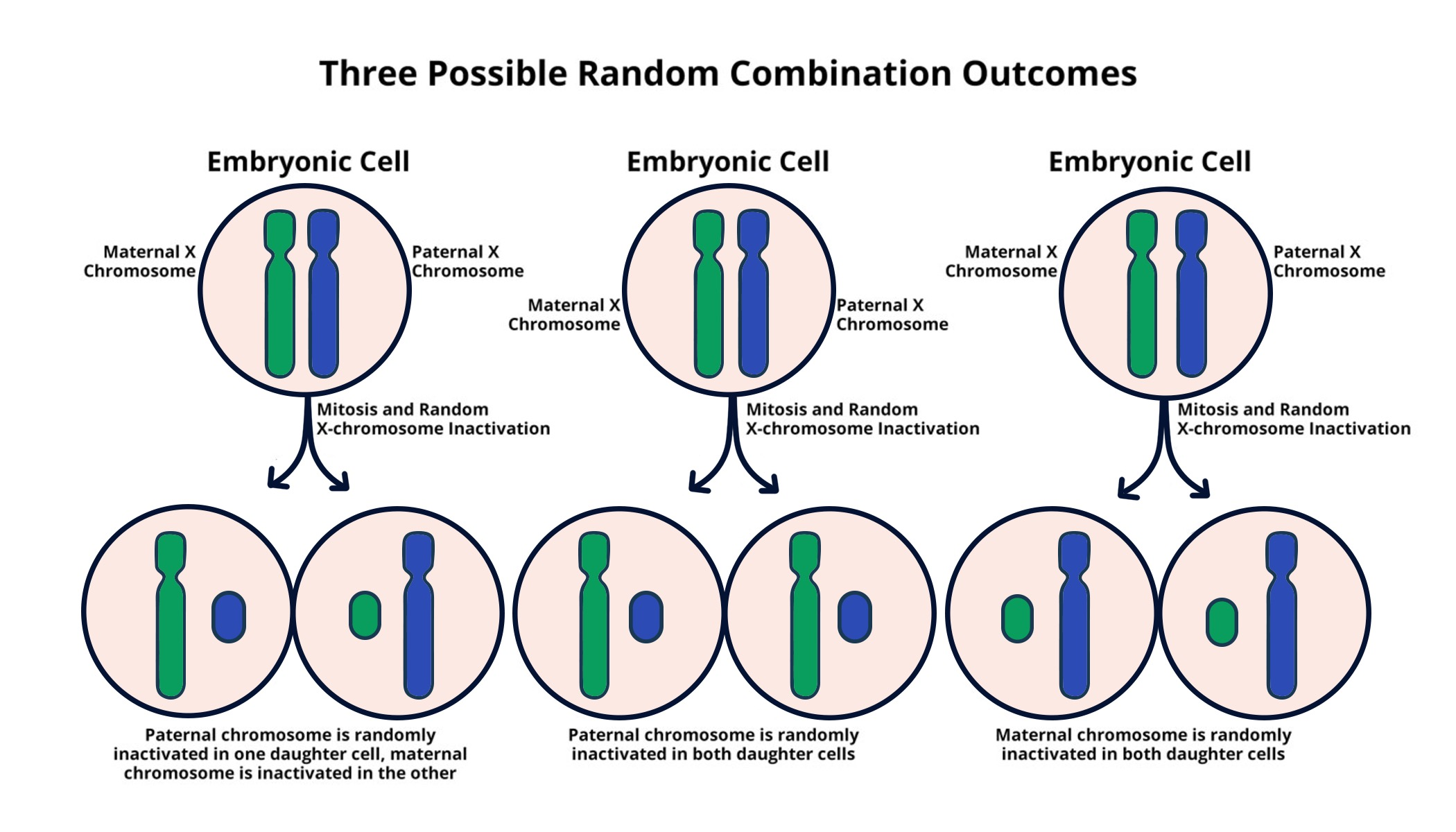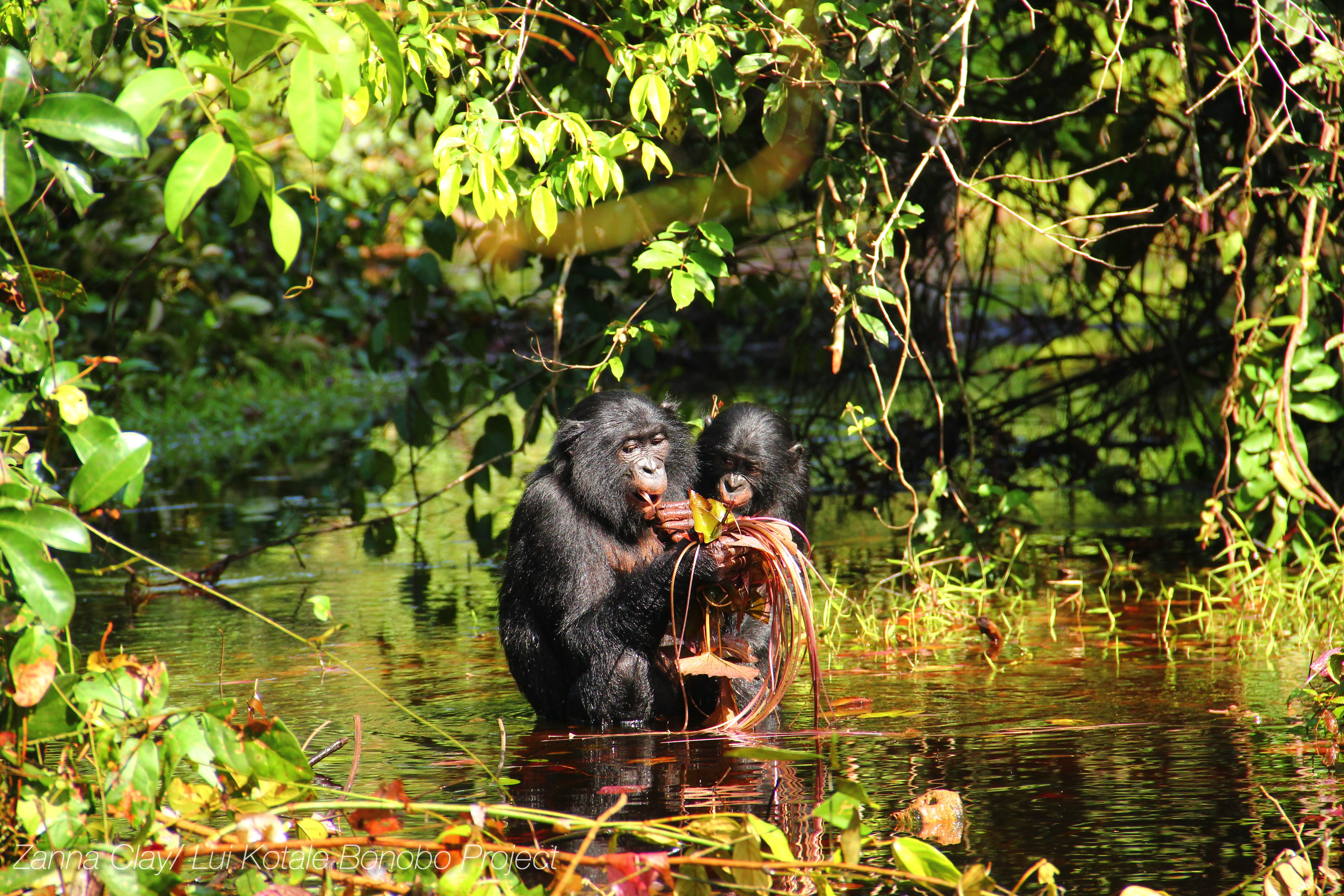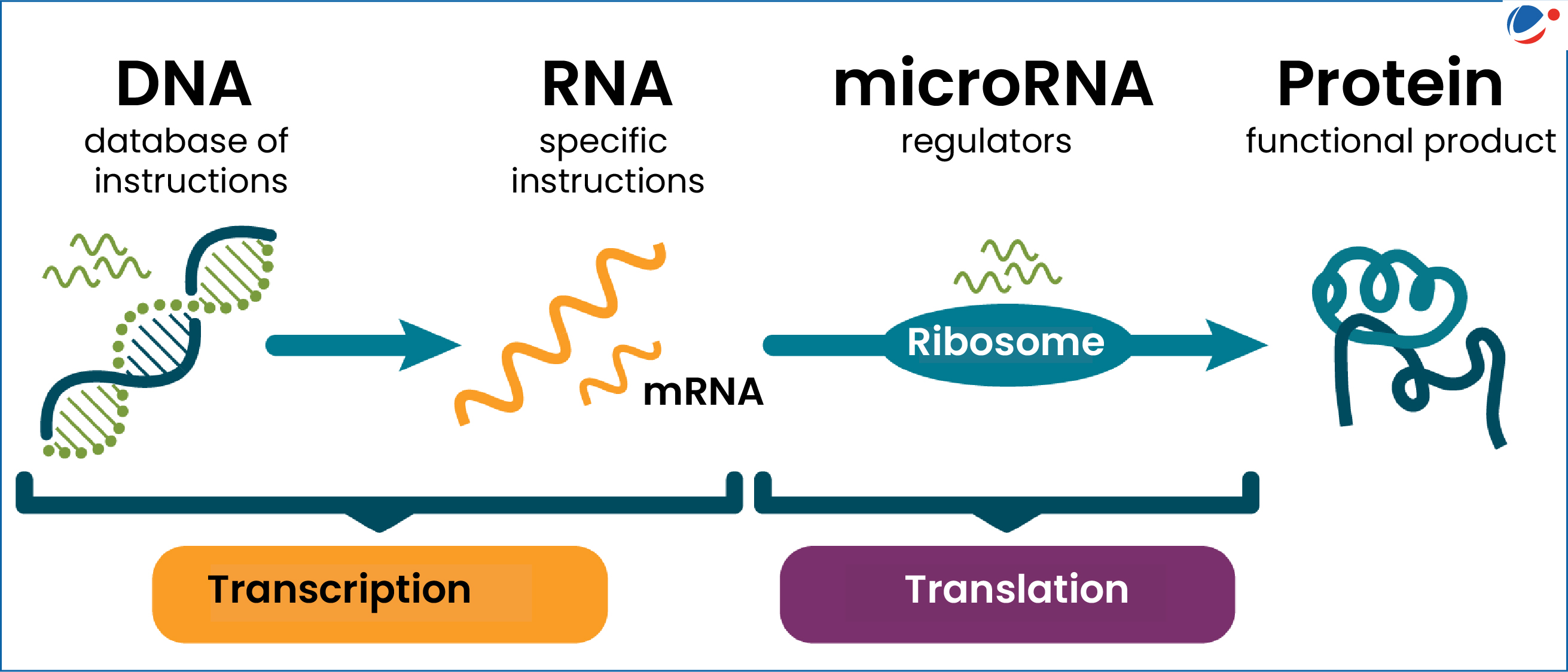Genetic Adaptation: Insights from House Finch Studies
Genetic adaptation plays a crucial role in the survival of species in an ever-changing environment. A recent study focusing on house finch genetics has illuminated how this small bird adapted through significant genetic changes, specifically a groundbreaking DNA inversion that enhances its disease resistance. This critical research, based on a pangenomic study, sheds light on the evolutionary adaptation mechanisms that allow organisms to thrive despite the challenges posed by pathogens. By utilizing advanced sequencing techniques, scientists have begun to unravel the complexities of structural variation, revealing how these genetic traits can confer advantages in natural selection. As we delve deeper into the world of genetic adaptation, the findings from the house finch may provide invaluable insights into similar processes across various species and their resilience to diseases.
When we discuss genetic resilience in species, terms like evolutionary adjustment or adaptive evolution often come to mind. Understanding how organisms develop these adaptations is an essential aspect of modern biology, particularly through the lens of genetic modeling. Recent investigations into the house finch highlight remarkable breakthroughs in the study of genetic variation and its real-world implications for disease resistance. By employing innovative pangenomic methodologies, researchers are revealing how structural changes in DNA contribute to a species’ ability to fend off infections and thrive in diverse habitats. These explorations not only widen our comprehension of adaptation but also pave the way for future studies that could revolutionize our approach to genetics and conservation.
Understanding Genetic Adaptation through House Finch Studies
Genetic adaptation is a fascinating process that allows species to evolve in response to environmental changes and challenges. The house finch serves as an exemplary model for understanding this phenomenon, particularly in regards to its remarkable ability to resist certain diseases. Recent studies, including an innovative pangenomic approach, have shed light on the structural variations in the house finch DNA that contribute to its adaptability. By examining the genetic composition of multiple individuals rather than focusing on single genetic markers, researchers have unearthed crucial information about how these birds have developed resilience over time.
The pangenomic study conducted by Bohao Fang highlights the significance of large-scale structural variations within the house finch’s genome. This research reveals that an ancient DNA inversion has potentially played a critical role in enhancing the bird’s immune response to pathogens. Understanding such genetic adaptations not only provides insight into the evolutionary pressures faced by house finches but also offers broader implications for studying disease resistance across diverse species. By analyzing how genetic adaptation operates in natural populations, scientists can gather valuable data that may help with human health issues, especially regarding our own evolutionary responses to infectious diseases.
Pangenomic Studies: A New Era in Evolutionary Biology
The advent of pangenomic studies marks a transformative leap in evolutionary biology, allowing researchers to analyze genetic information on an unprecedented scale. By integrating genomic data from numerous house finches, the research led by Bohao Fang has provided a more comprehensive understanding of the genetic underpinnings that influence disease resistance and other adaptive traits. Traditional methods, which often focused on specific genes or genetic markers, limited our perspective on how organisms adapt over time. In contrast, the pangenome approach captures the intricate web of genetic variation that exists within a population, enabling scientists to track evolutionary adaptations more effectively.
Moreover, this innovative method allows researchers to identify structural variations that may significantly impact an organism’s fitness in changing environments. In the case of the house finch, the identification of a large DNA inversion associated with disease resistance exemplifies how pangenomic studies can reveal crucial evolutionary mechanisms. As we continue to explore the genetic diversity present in natural populations, we gain insights into how species, including humans, may genetically respond to various challenges, such as emerging pathogens and climate change.
The Role of Structural Variation in Evolutionary Adaptation
Structural variation refers to large-scale changes in the genome, such as inversions, deletions, or duplications of DNA segments. In the context of evolutionary adaptation, these structural variations can confer significant benefits, allowing species to survive and thrive in the face of environmental challenges. The research on house finches underscores the importance of structural variation in understanding how genetic adaptations can lead to disease resistance. The DNA inversion discovered by Bohao Fang represents a pivotal change that could enhance the finches’ immune responses, illustrating how a single genetic alteration can have substantial consequences for survival.
Additionally, studying structural variations opens new avenues for understanding evolutionary dynamics at both the micro and macro levels. As researchers continue to uncover these variations, we can gain a clearer picture of natural selection in action, observing how specific traits emerge in response to environmental pressures. This knowledge not only enriches our understanding of house finch genetics but also reveals parallels in other species, thereby enhancing our comprehension of evolutionary biology as a whole.
Exploring Disease Resistance through Evolutionary Biology
Disease resistance is a critical factor in the survival of species, especially as pathogens evolve and adapt alongside their hosts. The house finch provides a compelling case study in how birds can develop genetic resistance to diseases over time. By examining the genetic changes within house finches in light of the conjunctivitis outbreak that affected them, researchers like Bohao Fang have begun to piece together a narrative of evolutionary adaptation. The pangenomic study enables scientists to observe how these birds have historically responded to disease pressures, which can inform broader ecological and evolutionary principles.
Understanding the mechanisms behind disease resistance is not only vital to the survival of the house finch but also has implications for public health and agriculture. Insights gained from pangenomic studies of finches may help researchers identify similar genetic adaptations in other species, including humans, ultimately contributing to the development of strategies for tackling infectious diseases. By exploring the genetic basis of disease resistance, scientists can enhance our understanding of population dynamics and the ongoing battle between hosts and pathogens.
Implications of Genetic Adaptation for Future Research
The implications of genetic adaptation research extend far beyond individual species like the house finch. As scientists continue to explore the nuances of pangenomic studies, they will uncover vital information about the genetic architecture underlying various adaptations in diverse organisms. This knowledge can pave the way for innovative approaches to conservation biology, helping us manage wildlife populations affected by disease and habitat changes. By grasping how species adapt at the genetic level, we can develop targeted conservation strategies that enhance resilience and sustainability.
Furthermore, the techniques developed through pangenomic studies can be applied to other research fields, including agriculture and medicine. Understanding genetic adaptation can lead to improved breeding strategies for crops that are more resistant to diseases or pests. Additionally, the knowledge gained from these studies can aid in predicting how human populations might respond genetically to future diseases, enhancing our preparedness and response mechanisms. Overall, the study of genetic adaptation and the pangenomic approach represents a frontier of exploration that holds great promise for the future of biology and public health.
How House Finch Genetics Inform Evolutionary Theory
The intersection of house finch genetics and evolutionary theory offers valuable insights into how species evolve over time. By investigating the genetic variations within a population of house finches, researchers like Bohao Fang are challenging and refining existing notions of adaptation. The findings from these studies suggest that evolutionary change can occur more rapidly than previously thought, driven by structural variations in the genome that produce immediate benefits in terms of disease resistance and overall fitness.
Moreover, the house finch serves as a living laboratory for examining evolutionary theory in real-time. As researchers analyze genetic data before and after disease outbreaks, they gain critical insights into the dynamics of natural selection and adaptation. This ongoing research highlights the importance of considering genetic mechanisms in evolutionary studies, reinforcing the idea that evolution is continuously shaping species in direct response to their ever-changing environments.
The Future of Population Genomic Studies in Biodiversity
As the field of population genomics evolves, the methods used to study genetic diversity and adaptation will become increasingly sophisticated. The advancements in pangenomic approaches, as demonstrated in the house finch study, are setting the stage for a new era of biodiversity research. By using high-resolution genomic data, scientists can gain an unparalleled understanding of how organisms adapt to environmental challenges, providing a clearer picture of how genetic variation influences resilience and fitness in wild populations.
Looking forward, the implications of these studies are vast. Not only do they have the potential to inform conservation efforts by identifying key genetic traits for survival, but they also offer insights into the broader evolutionary processes that shape life on Earth. Understanding genetic adaptation through a pangenomic lens can propel research into new territories, revealing the complex interplay between genetics, ecology, and evolution that dictates the survival of species amidst a rapidly changing world.
Health Insights from House Finch Genetic Adaptations
The study of house finch genetics goes beyond ornithology; it holds implications for human health and disease resistance. By unraveling how house finches have adapted genetically to counteract diseases, researchers can glean insights applicable to other species, including humans. The structural variations identified through pangenomic studies illustrate how certain genetic traits may confer immunity and resilience, which is essential for developing future health strategies.
Additionally, as infectious diseases continue to emerge and evolve, understanding genetic adaptation mechanisms can inform public health policies. By studying how house finches have historically responded to pathogens, we can reveal potential genetic underpinnings that could be targeted in vaccine development and therapeutic strategies for humans. The parallels drawn from avian genetics to human health highlight the interconnectedness of all life and the importance of leveraging this knowledge to advance our understanding of disease resistance.
Conservation Strategies Informed by Genetic Studies
The insights gained from house finch genetics underscore the importance of incorporating genetic data into conservation strategies. As environmental pressures and habitat loss threaten biodiversity, understanding how species adapt through genetic mechanisms becomes critical for effective conservation planning. By analyzing the genetic adaptations seen in house finches, conservationists can identify key traits that could bolster resilience in populations facing similar challenges.
Furthermore, the data from pangenomic studies can guide restoration efforts by ensuring that we maintain genetic diversity within populations, vital for their long-term survival. By recognizing the genetic variations that contribute to disease resistance and adaptability, we can implement measures that protect these traits, ultimately enhancing the robustness of wildlife populations in changing ecological landscapes.
Frequently Asked Questions
What is genetic adaptation and how is it observed in house finch genetics?
Genetic adaptation refers to the changes in a species’ DNA that enhance survival and reproduction in response to environmental pressures. In house finch genetics, this adaptation has been studied through pangenomic analysis, revealing significant structural variations that contribute to the bird’s resistance to diseases.
How do structural variations contribute to evolutionary adaptation in species like the house finch?
Structural variations, such as large DNA inversions, play a crucial role in evolutionary adaptation by allowing species to rapidly respond to environmental challenges, including pathogens. For instance, research on house finches has shown that these genetic changes can improve disease resistance, providing a clear example of evolutionary adaptation in action.
What role does a pangenomic study play in understanding genetic adaptation in birds?
A pangenomic study examines the complete set of genetic material across multiple individuals within a species, offering a comprehensive view of genetic variation. In birds like the house finch, this approach has uncovered critical structural variations that highlight how genetic adaptation occurs in response to disease pressures.
How has recent research on house finch genetics enhanced our understanding of disease resistance?
Recent research indicates that house finches possess unique genetic adaptations that enhance their resistance to diseases, such as a pivotal DNA inversion identified through advanced pangenomic studies. This understanding sheds light on the mechanisms of disease resistance and evolutionary adaptation in wild populations.
Can studying house finch genetics provide insights into human genetic adaptation?
Yes, studying house finch genetics can offer valuable insights into human genetic adaptation. The mechanisms of disease resistance observed in house finches may parallel human responses to infectious diseases, suggesting evolutionary adaptation can occur across different species.
What are the implications of structural variation in the context of evolutionary adaptation?
Structural variations are significant for evolutionary adaptation as they can lead to rapid phenotypic changes in response to environmental stressors, such as disease. This is exemplified by house finches, where a particular structural variant has been linked to improved resistance to specific pathogens.
How do evolutionary adaptations manifest in the genetic makeup of species like the house finch?
Evolutionary adaptations can manifest in species like the house finch through genetic changes that enhance survival, such as variations associated with immune responses. These adaptations are crucial for the species’ ability to cope with emerging pathogens and changing environments.
What methods are utilized to study genetic adaptation in house finches, and what have they revealed?
Research methods such as long-read sequencing and pangenomic analysis are used to study genetic adaptation in house finches. These techniques have revealed key structural variations in their DNA that correlate with improved disease resistance, offering a more nuanced understanding of their evolutionary adaptations.
| Key Points | Details |
|---|---|
| Genetic Adaptation Definition | Genetic adaptation refers to the process by which a species evolves over generations in response to environmental changes, enhancing survival and reproduction. |
| Case Study: House Finch | Research shows that house finches have undergone genetic adaptation, demonstrating resistance to diseases through structural changes in their DNA. |
| Research Approach | A groundbreaking pangenomic study allowed researchers to analyze DNA more comprehensively than traditional methods, revealing significant genetic variations. |
| Historical Context | The study utilized DNA samples dating back to 2000, providing insights into how the house finch adapted over time to bacterial pathogens. |
| Implications for Future Research | The findings suggest a potential framework for studying genetic adaptations in other species, including humans, as they respond to infectious diseases. |
| Expert Opinions | Experts believe pangenomic approaches will enhance population genomic studies, allowing for a more balanced understanding of genetic variation. |
Summary
Genetic adaptation plays a vital role in how species evolve to cope with environmental challenges. This research on the house finch illustrates how structural changes in DNA can confer disease resistance, providing a practical example of natural selection in action. As highlighted by the study, understanding genetic adaptation is crucial for informing future studies on both animals and humans as they face new pathogens.
